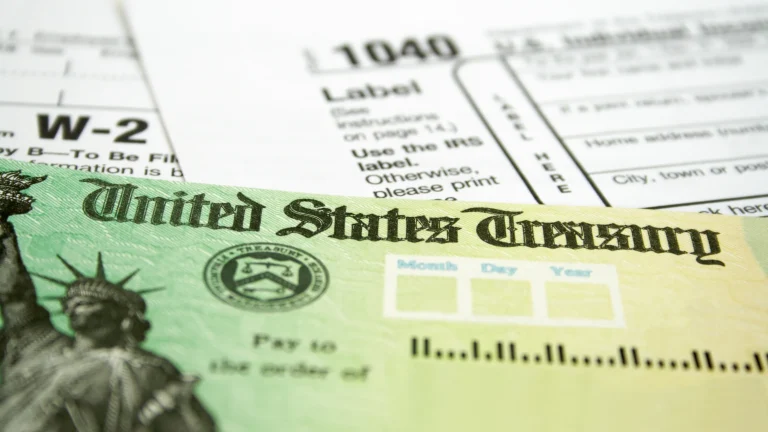🎧 Listen to This Article
As the U.S. tax season reaches its peak, the Internal Revenue Service (IRS) is calling on taxpayers to streamline their refund tracking using the “Where’s My Refund?” tool — an official digital service that reduces call center wait times and provides real-time refund updates.
Issued in news release IR-2025-25 on February 26, the agency’s message is clear: use the tool first, not the phone.
2025 Tax Season Updates & Tracking Tips
Everything You Need to Know About EITC
When and How to Use ‘Where’s My Refund?’
This secure tool is available 24/7 at IRS.gov and through the IRS2Go mobile app. It gives taxpayers access to refund information for the 2024, 2023, and 2022 tax years — typically within 24 hours of e-filing, or about four weeks after mailing a paper return.
To use the tool, taxpayers will need:
- Social Security Number or ITIN
- Filing status (e.g., single, married filing jointly)
- Exact refund amount
The system updates once daily, usually overnight. So there’s no benefit to checking more than once a day.
When to Expect Your Refund
The IRS emphasizes that most refunds are issued within 21 calendar days, especially for those who:
- File electronically, and
- Choose direct deposit as the payment method.
For taxpayers without bank accounts, the IRS recommends using the FDIC Bank Locator or the National Credit Union Locator Tool to open an account.
However, certain issues can delay refunds, such as:
- Errors or incomplete returns
- Adjustments to credits like the EITC or ACTC
- Bank processing delays
In case of a hold-up, the IRS may request additional information by mail. Taxpayers should only contact the IRS by phone or in person if:
- 21+ days have passed since e-filing, or
- 6+ weeks have passed since mailing a return, or
- The tool explicitly advises the taxpayer to call.
Why Your Refund Might Be Smaller Than Expected
Occasionally, the IRS may adjust your expected refund due to:
- Errors in Child Tax Credit or EITC calculations
- Offsets to pay past-due taxes or other federal/state debts
These changes will appear in the refund status updates and may also be explained in a mailed notice.
More information about adjusted refunds can be found on IRS.gov.
Tax Filing Deadline and More Resources
The deadline for most taxpayers to file, pay, or request an extension is April 15, 2025.
The IRS recommends IRS.gov as the first source for help, including:
- How to choose a tax professional
- Using IRS Free File
- Understanding tax obligations via the Interactive Tax Assistant
- Recognizing and avoiding tax scams
For amended returns, the IRS has a separate tool: Where’s My Amended Return?
Taxpayers can also consult Publication 17 – Your Federal Income Tax (For Individuals) – for a comprehensive guide to filing.
For further details, clarification, contributions, or any concerns regarding this article, please contact us at editorial@tax.news. We value your feedback and are committed to providing accurate and timely information. Please note that our privacy policy will handle all inquiries



